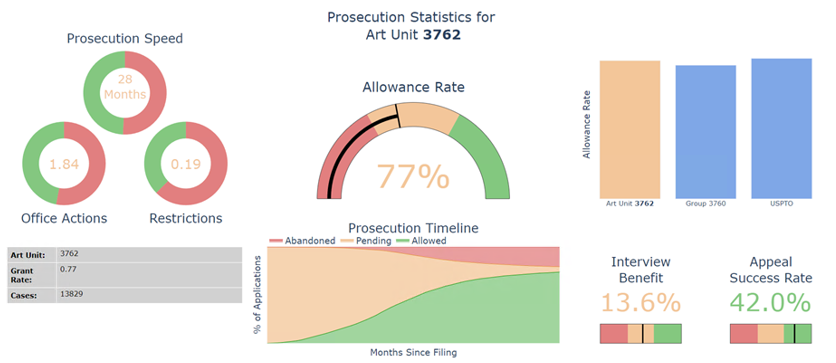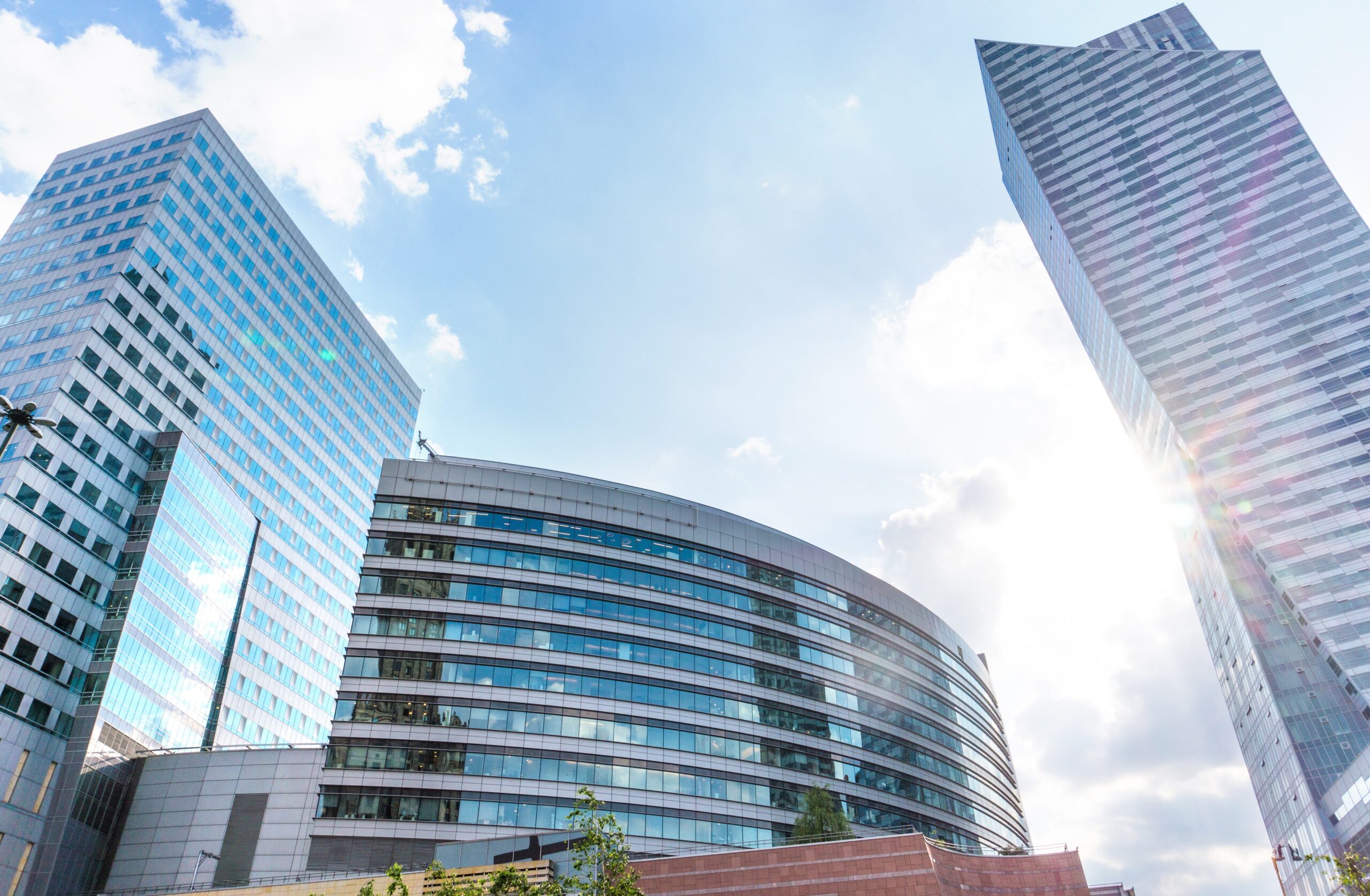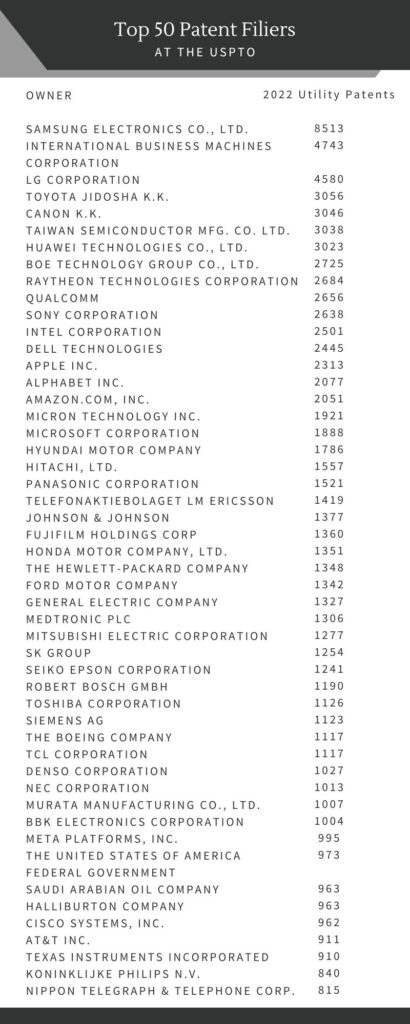The Bayh-Dole Act, also known as the Patent and Trademark Law Amendments Act, is a federal law that was enacted in 1980 and deals with intellectual property arising from federally funded research programs. The Bayh-Dole Act permits universities that receive federal funding, non-profit organizations, or certain businesses to elect to pursue ownership of an invention rather than obligating the inventors of the invention to assign rights in the invention to the federal government. Most practitioners are familiar with the Bayh-Dole Act; however, many are unaware of some significant revisions to the Act that went into effect in 2018.
One of the most important revisions that went into effect includes a deadline that is set ten months from the priority date of a provisional patent application to provide notice to convert the provisional patent application to a non-provisional patent application. The purpose of this revision is to give the government a 60-day notice prior to expiration of the provisional patent application. Many universities treat this ten-month requirement as the time to decide whether or not to convert the provisional patent application; that is, action is only required if the decision is to not convert the provisional patent application and, in such case, notice must be provided to the sponsoring agency at least two months prior to the loss of rights by virtue of expiration of the provisional patent application.
Interagency Edison (widely known as iEdison and accessible at iedison.gov) is the online portal that is primarily used by government grantees and contractors to report federally funded inventions and subsequent patent and licensing activities. iEdison is the online mechanism by which universities can report inventions to federal agencies, and most of the iEdison users are university technology transfer offices.
According to the NIH, in order to request an extension of one year after filing a provisional patent application, a party can do the following: elect title to the invention in the appropriate iEdison invention record and send an email to [email protected] any time before ten months after filing the initial provisional patent application to request a one year extension to file a non-provisional application. The NIH will typically respond with “Granted” so long as these steps are completed correctly. The one-year extension is thus from the filing date the provisional application.
The professionals at McCoy Russell have extensive experience working with a significant number of U.S. and international universities, including state and private universities. Special care is taken by McCoy Russell to ensure regulatory compliance as to government-funded work and work subject to government contracts.
Learn more about our experience on our technology transfer page, linked here. Please reach out to [email protected] for assistance.










Recent Comments